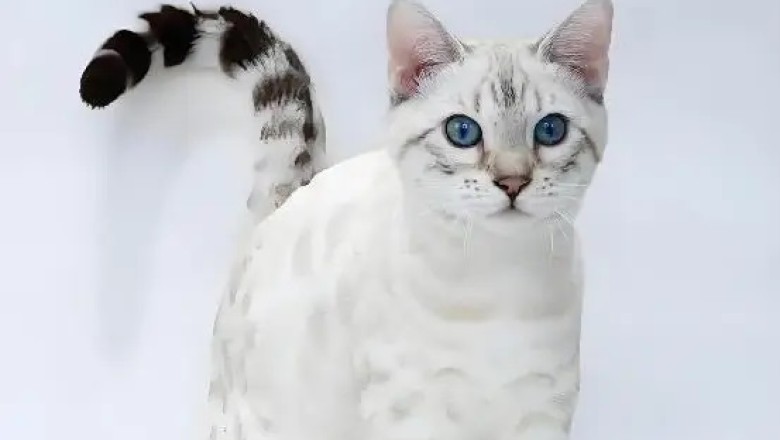
The Cat Contempt Chain: What's Your Cat's Place in the Hierarchy?
Did you know that cats have their own version of a contempt chain? Just like humans with their societal rankings, or the caste system that distinguishes individuals based on their social status, the feline world also houses a hierarchy. While the laid-back demeanor of house cats may lead us to believe they have no sense of superiority or hierarchy, the truth is quite the opposite. As surprising as it may sound, the world of cats is rife with class distinctions, and understanding these can help cat owners better appreciate their furry companions.

As it turns out, cats are not only adorable creatures that fill our homes with joy and companionship; they are also complex beings with their own social structure. This unspoken contempt chain reflects the subtle ways in which cats perceive themselves relative to one another. Similar to humans, they can be both competitive and snobbish, making it apparent that they are more than just charming pets.
The Cat Hierarchy: A Closer Look
It's essential to understand what constitutes this contempt chain among cats. Unlike the clear-cut social statuses in human societies, feline hierarchy can be more nuanced. Some cats naturally exude a sense of grandeur, while others adopt a more modest demeanor. Let’s delve deeper into this cat hierarchy and determine which felines reign supreme and which ones dwell at the bottom of the chain.
1. The Top Cat: Bengal Cat
At the pinnacle of the contempt chain sits the Bengal cat, a strikingly beautiful creature known for its leopard-like spots and wild demeanor. In the eyes of other cats, the Bengal is nothing short of royalty. With their sleek, muscular build and captivating appearance, Bengals carry themselves with an air of nobility that cannot be ignored.
Often described as intelligent, playful, and curious, Bengal cats don’t just dominate the hierarchy due to their looks; they also possess a personality that can be hard to rival. They tend to enjoy engaging with their humans and exploring their environments, often causing mischief along the way. This innate curiosity paired with their unyielding confidence allows Bengals to maintain their elevated status in the contempt chain.
Implications for Owners: If you’re lucky enough to share your home with a Bengal, be prepared to cater to its every whim. Providing high-quality food, intriguing toys, and a stimulating environment is essential to keeping this top-tier cat satisfied. Their activity levels and intelligence mean that they will demand both mental and physical stimulation, and failing to meet these needs could lead to destructive behavior.
2. The Regal Maine Coon
Next in line to the Bengal is the Maine Coon, often celebrated for its majestic size and tufted ears. Maine Coons are known as the gentle giants of the cat world, and their amiable personalities often earn them respect among other felines. These cats exhibit a calm demeanor, making them likable characters in the hierarchy despite their commanding size.
Maine Coons are sociable and tend to do well in multi-pet households, which adds to their charm. Unlike the more aloof breeds, they are affectionate and enjoy being around their human companions. This friendliness often allows them to bridge the gap between the higher-ranking Bengals and the more timid cats.
Implications for Owners: Owning a Maine Coon can be a delightful experience due to their loving temperament. However, their size comes with its considerations. Ensure that they have enough space to roam and that their physical needs are met. Regular grooming is also essential, as their long fur can quickly become tangled without proper care.
3. The Quietly Cool Abyssinian
Occupying a respectable position in the contempt chain is the Abyssinian cat. Esteemed for their lithe build and playful personality, Abyssinians are often regarded as the “cool cats.” Their short coat and striking ticked fur give them a distinctive appearance, while their energy and curiosity keep them engaged with their surroundings.
Abyssinians are known for being social and highly intelligent, often indulging in playful antics that can entertain both themselves and their human companions. However, they can also carry a sense of superiority, given their athletic prowess and keen instincts.
Implications for Owners: Abyssinians require mental and physical engagement to thrive. Interactive toys and playtime are essential to prevent boredom, which can lead to undesirable behaviors. These energetic cats appreciate innovative ways to stay active, so be ready to keep them entertained!
4. The Lowly Domestic Shorthair
At the other end of the spectrum, we find the Domestic Shorthair—a mixed breed that encompasses a wide variety of cats with varying personalities and appearances. While many Domestic Shorthairs are loving and loyal companions, they often occupy the bottom tier of the feline hierarchy, especially when placed alongside more prestigious breeds.
Domestic Shorthairs often lack the flamboyance or striking features that characterize other breeds, which can lead to their contemptible status among more distinguished cats. However, this doesn’t mean they lack love and affection. Many human families find joy and companionship with these cats, making them beloved pets despite their perceived lower standing.
Implications for Owners: Owning a Domestic Shorthair can be a fulfilling experience, as they are generally easygoing and adaptable. They require standard care and attention, making them suitable for families or individuals who may not have the time to cater to the needs of more demanding breeds.
5. The Pitiful Persian
While each breed has its unique characteristics, the one cat that often finds itself at the bottom of the contempt chain is the Persian cat. Known for their long, luxurious fur and round faces, Persians are undeniably beautiful creatures—but they often lack the charisma and vivacity seen in other breeds.
Persians tend to be more reserved, preferring a laid-back lifestyle that revolves around lounging in cozy spots and limited playtime. Their calm demeanor and less engaging personality can lead more energetic cats to mock their slow and deliberate ways, relegating them to the status of "pitiful" in the feline hierarchy.
Implications for Owners: Persian cats require extra care, particularly in grooming, due to their lengthy coats that can easily mat. They thrive in quiet environments where they can relax without competition from more boisterous or playful pets.
Conclusion: Understanding the Cat Contempt Chain
The feline contempt chain serves as a fascinating demonstration of how our beloved cats perceive themselves and one another. While we often view our pets through a lens of unconditional love, it’s essential to remember that they have their own set of social dynamics. Each breed carries its own personality traits and quirks, contributing to where they land in this unspoken hierarchy.
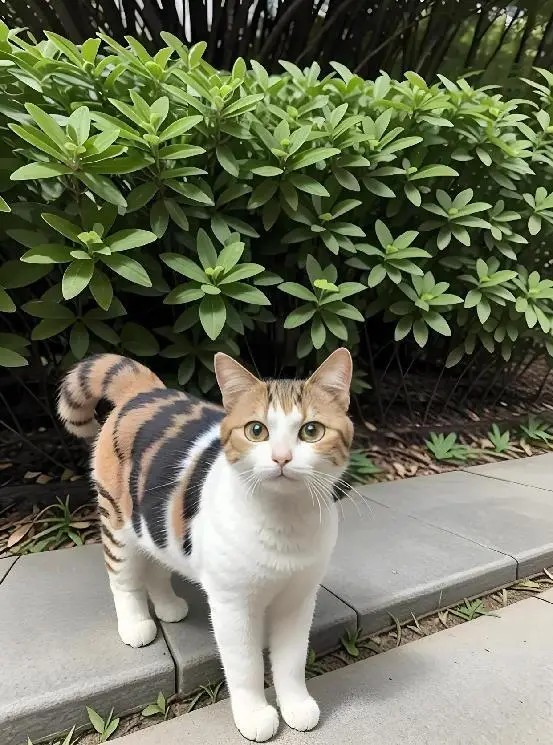
Understanding your cat's positioning within this chain can enhance your relationship with them. By catering to their unique needs and preferences, you can foster a bond that goes beyond mere coexistence. So, next time you watch your cat strut around your living room, remember that they might be embodying more than just a cute pet—they could very well be navigating an intricate web of social standing within their own royal world.











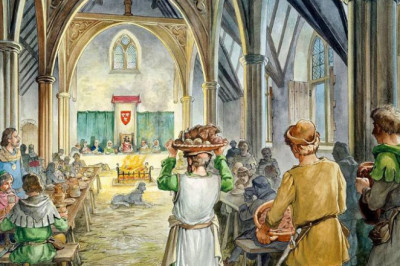

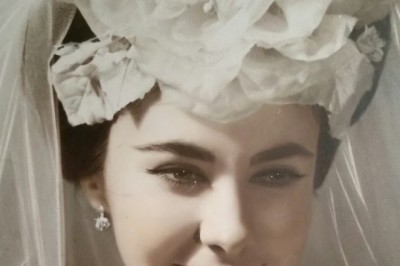

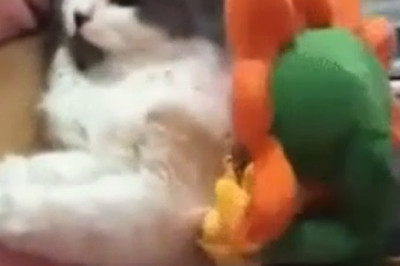
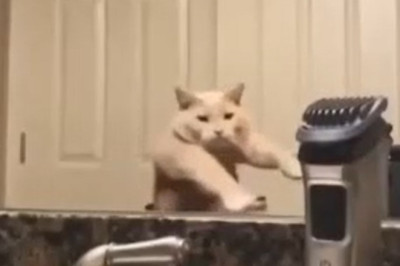

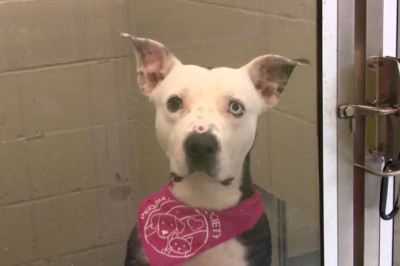

Comments
0 comment